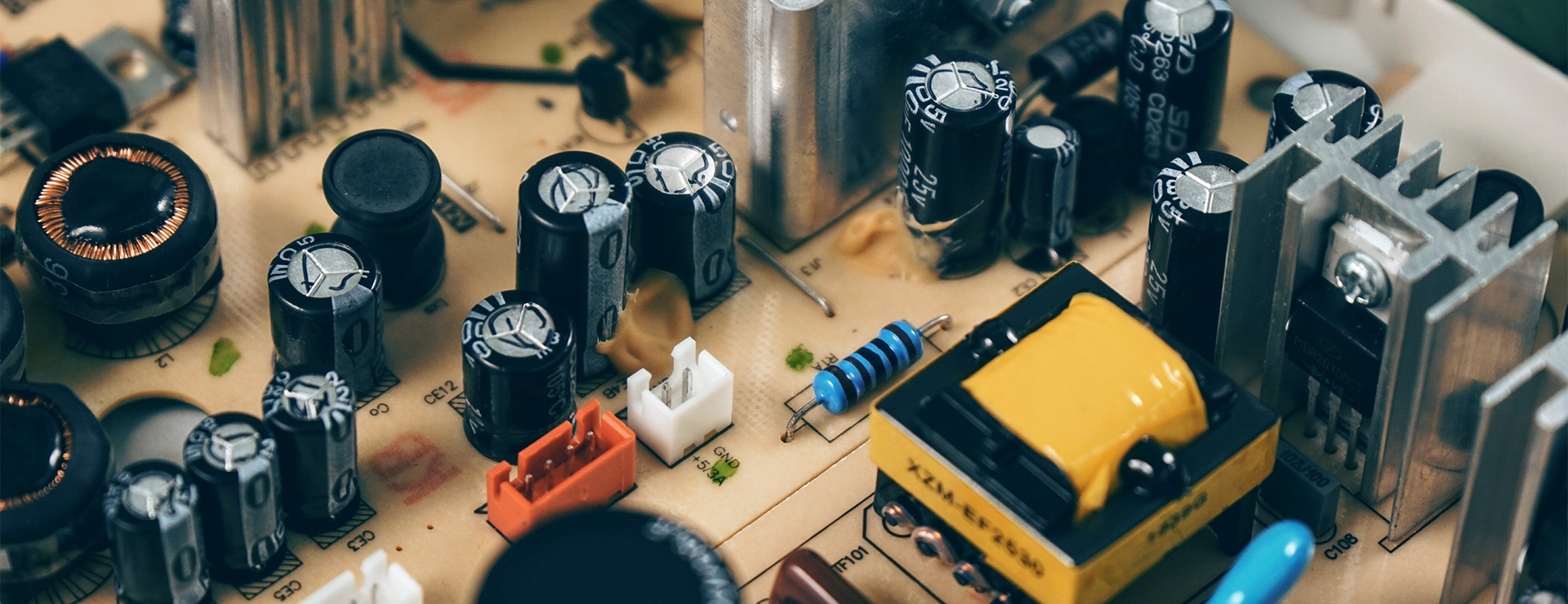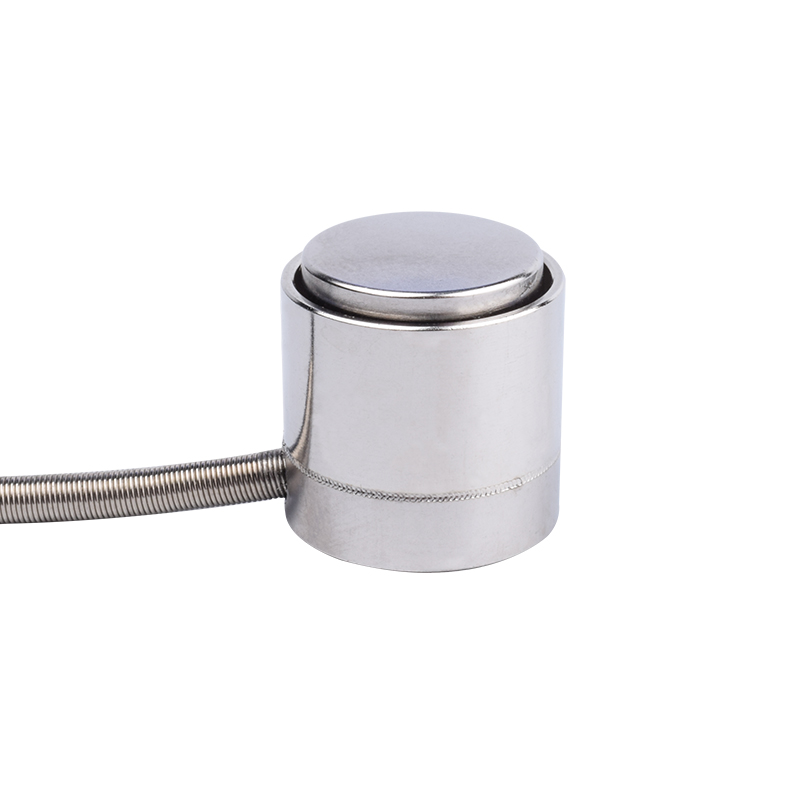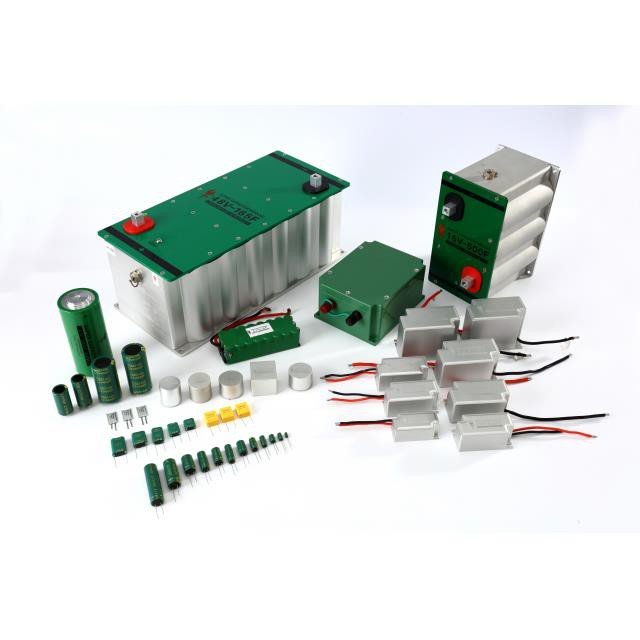Application Areas of Torque Sensors
Torque sensors play an important role as a key technology in modern industry. Whether in the manufacturing, automotive or energy sectors, the application of torque sensors provides accurate measurement and monitoring, helping organisations to achieve greater efficiency, quality and safety.
Application Areas of Torque Sensors:
1. Manufacturing: In the manufacturing sector, rotational torque sensors are widely used in machine assembly, quality control and process optimisation. They can be used to monitor the torque of rotating shafts to ensure correctness and stability during assembly. In addition, torque sensors can be used to check the quality and performance of products, improving the consistency and traceability of the manufacturing process.
2. Automotive: Torque sensors have a wide range of applications in automotive manufacturing and repair. They are used for engine torque monitoring and control, as well as condition monitoring of various key components, such as brakes, steering and transmission systems. The use of torque sensors not only improves vehicle performance and safety, but also helps to optimise fuel efficiency and reduce exhaust emissions.
3. Energy: In the energy sector, miniature torque sensors are used in a wide range of equipment such as wind turbines, generators and hydraulic drive systems. They monitor the torque load on rotating machinery and provide feedback to ensure safe and efficient operation of the system. The use of torque sensors helps to optimise the control and maintenance of energy systems, improving energy output and efficiency.
As a key technology in modern industry, torque sensors play an important role and are widely used in various industries. Through accurate measurement and control, torque sensors help companies to improve productivity, quality and safety, and achieve excellent results in the manufacturing, automotive and energy sectors. As technology continues to advance, torque sensors will continue to evolve and provide more innovative solutions for the development of industrial automation and the Internet of Things.









